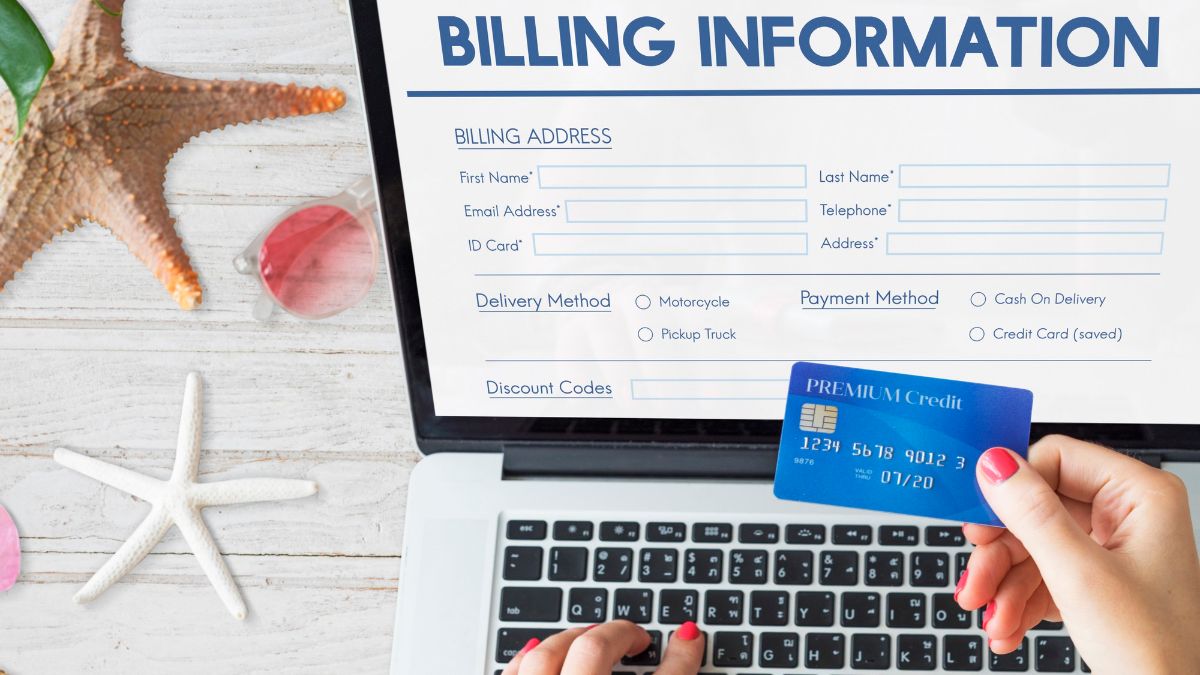
If you own a smartphone, chances are that you’ve engaged in online banking at one time or another. When banking online, you’re often required to share your banking information with the payment providers which puts you in a risky position. To prevent fraud and scams, it is important to apply the right steps to protect your banking details and identity. In this article, we will highlight tips and precautions to consider when sharing your banking information online.
1. Verify the Website’s Security
Before sharing any banking information online, you should check and confirm that you’re using a secure website. Look for a padlock symbol in the address bar that shows that the website has an SSL (Secure Sockets Layer) certificate. Additionally, double-check that the website’s URL starts with “https://” rather than “http://”. The addition of the (s) indicates that you have a secure connection.
2. Use Trusted and Reputable Websites
When engaging in online transactions, whether on mobile casinos with online pokies or shopping websites, always only use trusted and reputable platforms. Stick to well-known and established brands that have a proven track record of secure transactions and positive user reviews. Research the reputation of the website before providing any sensitive information.
3. Two-Factor Authentication (2FA)
Two-Factor Authentication gives you more security than just having a password. Ensure you enable two-factor authentication whenever possible, as it adds an extra layer of security to your online accounts. With 2FA, you will need to provide a second form of verification, such as a unique code sent to your mobile device, in addition to your regular login credentials. This helps protect your account even if your login information gets compromised.
4. Understand the Website’s Privacy Policy
Before sharing your banking information with any online platform, you should always read and understand their privacy policy. Pay attention to how your information will be collected, stored, and shared. Reputable websites have clear and transparent privacy policies, assuring you that your data will be handled securely.
5. Regularly Update Your Login Credentials
This should be already obvious. To ensure that your online banking accounts remain secure and protected, you should regularly update your login credentials. Change your passwords as often as you can, mostly every few months, and avoid reusing old passwords. Updating your login details reduces the risk of unauthorized access to your accounts.
6. Enable Account Alerts and Notifications
This is an important step that you should apply immediately. Take advantage of the account alert and notification features provided by your bank or financial institution. These alerts can notify you of any unusual account activity, such as large transactions or changes to your account information. Setting up these alerts can help you detect and respond to potential security threats quickly.
7. Educate Yourself on Online Security
Stay informed about the latest online security threats and scams. Educate yourself about common techniques used by cybercriminals, such as phishing, malware, and identity theft. When you have a proper understanding of these threats, you will be better equipped to recognize and avoid potential risks when sharing your banking information online.
Conclusion
Protecting your banking information online is very important if you want to avoid issues like identity theft and fraud. With these tips, you can protect your information and stay safe when banking online. Good luck!




